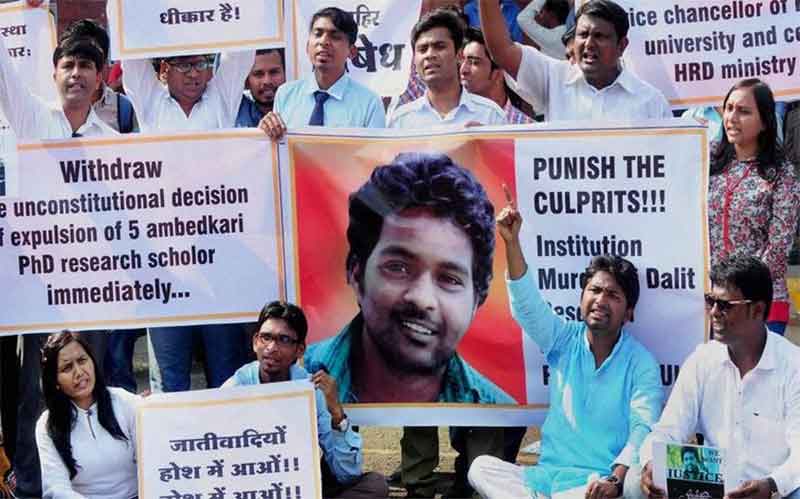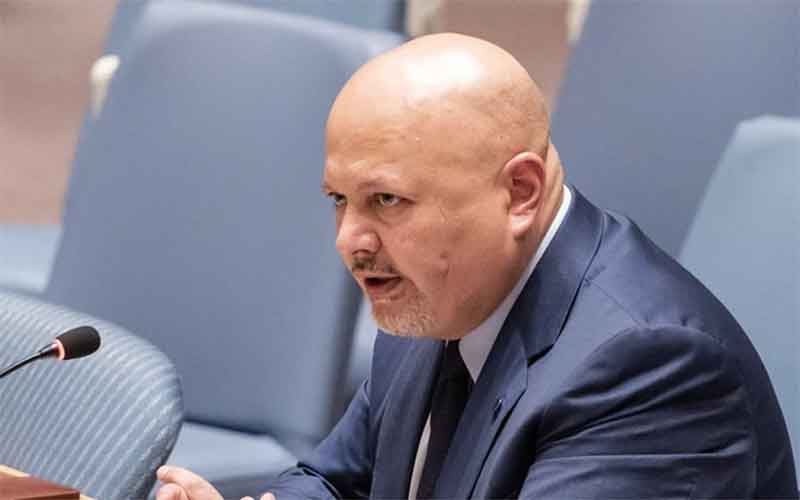
Finance is the glue that holds all pieces of our life together. Ideal financial societies are those which provide safe and convenient ways of managing these simple monetary affairs. This philosophy is known as financial inclusion. It is providing financial tools to people —tools that people can afford, that are safe and properly regulated, that people can access conveniently from institutions that treat them with respect. These tools enable them to save and to responsibly borrow—allowing them to build their assets and improve their livelihoods. The term most buzzed in this respect is “the unbanked”—usually defined as people who don’t have a traditional savings account. These are the people who have to be brought into the orbit of formal finance. Financial services are like clean water and electricity .But opening a account does not ensure the account is used.
Today, digital technology and mobile phones offer unprecedented opportunity to connect poor people to services such as savings, loans, insurance and payments. But owning a phone or even opening a digital account does not ensure the account is used. Two-thirds of world’s 299 million mobile money accounts are dormant. India remains among the most cash-intensive economies in the world, with a cash-to-GDP ratio of 12%. Around 97% of all transactions in the country are carried out in cash, which explains why India remains among nations with the lowest access to digital payments.
In a digital world, safety and security is the topmost priority for everyone. Remaining safe is an individual’s own responsibility which has to be taken seriously. Payment providers can put in the most fool proof systems in the world but the human element of payments and hence actions resulting in fraud cannot be emphasized enough. Whether it is reducing risk, improving uptake and usage, enhancing consumer protection or avoiding over-indebtedness,
In India financial inclusion received a steroidal boost with Prime Minister’s Jan Dhan Yojana (PMJDY). By Jan. 04, 2017, there were over 265 million accounts under the scheme. India earned a place in the Guinness Book of World Records with a citation :”Most bank accounts opened in one week as part of the Financial Inclusion Campaign is 18,096,130.“ But a disquieting feature is that public banks, regional rural banks (RRBs) and 13 private lenders have reported that as on 24 March 2017, 92,52,609 accounts were frozen under the PMJDY due to lack of transaction in the last one year. A survey of these accounts found that only 33 per cent of all beneficiaries were ready to use their Rupay cards. The others were bewildered by the complicated PIN and activation procedures.
Merely opening physical accounts as flag posts of financial identity wo’t help unless they are actively used by people for managing their money .To make this possible people have to be imparted an ability to understand and execute matters of personal finance, including basic numeracy and literacy, budgeting, investing, and risk diversification. This skill is known as financial literacy. It is a combination of financial awareness, knowledge, skills, attitude and behaviours necessary to make sound financial decisions and ultimately achieve individual financial wellbeing.
According to a global survey by Standard & Poor’s Financial Services LLC (S&P) less than 25% of adults are financially literate in South Asian countries. For an average Indian, financial literacy is yet to become a priority. India is home to 17.5% of the world’s population but nearly 76% of its adult population does not understand even the basic financial concepts.
On account of lack of proper awareness and failure of institutions to properly guide them, people buy insurance policies without proper planning and give up mid way because they don’t have money to pay the premium. Aggressive selling prevents the agents from properly assessing the consistency n income streams of the buyers for servicing their policies.
The customers end up losing heavily as penalties are very harsh. The Insurance Regulatory and Development Authority of India (IRDAI), in its Handbook on Indian Insurance Statistics 2015-16, has provided persistency figures of the life insurance industry—and they are not looking good. For FY2016, the life insurance industry, on average, had a persistency of 61% in the 13th month, which means: 1 year after the sale, only 61 out of every 100 policies were renewed.
Persistency measures how long customers persist with their policies. By the 5th year of policy sale, 16 out of the 24 life insurance companies couldn’t retain even a third of the policies. 5 years after being bought, two-thirds of the life insurance policies are no more. This shows the huge money customers are losing on account of bad financial planning.
It has been found that financial education programmes focused on just imparting knowledge rarely deliver impact unless they are backed by a suitable product, including the support to use the product. A recent UNDP survey on financial literacy programmes in India revealed that in areas where a service provider was involved in the programmes, the participants had better understanding of products and they had been using the products regularly. Some banks use a decision tree to help customers open the saving accounts that match their needs. The process of going through the decision tree in itself leads to understanding of improved product features by customers.
Similarly, in one model, a bank undertook a project to deliver financial education training to young women in rural communities through a cascade training model where core trainers trained peer educators, who in turn trained community members. These examples provide evidence that using a model that involves experiential learning and use of products has greater chances of success.
To use financial services to their full potential, the low income people need products well suited to their needs and appropriate training and education for adapting to these financial services. Bringing this about requires attention to human and institutional issues, such as quality of access, affordability of products, familiarity and comfort in use, sustainability for the provider of these services, proper training and outreach to the most excluded populations.
The issue is lot more nuanced than what we are seeing today. Nuances change from culture to culture and consumer segment to consumer segment. The consumers will come into the formal financial sector and embrace the new opportunities believing that if they change their behavior and exert the effort to get into the new world then certain specific pains will disappear. We have thus to address real pains, not just offer benefits.
Moin Qazi is the author of the bestselling book, Village Diary of a Heretic Banker .He has worked in the development finance sector for almost four decades .He can be reached at [email protected]










































